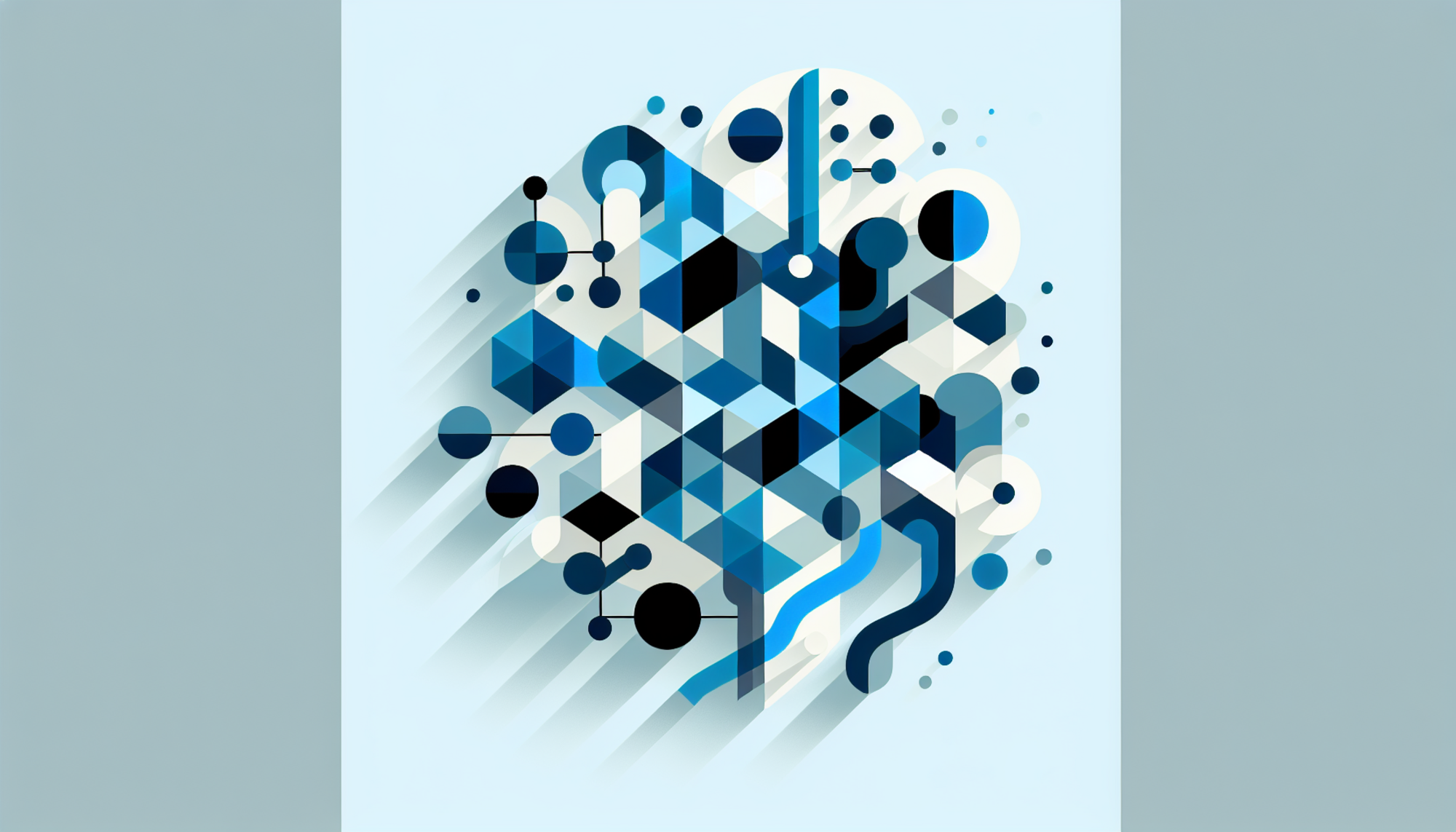Navigating LLM Evolution: Insights on Code Collaboration and Architecture

In the ever-evolving world of software engineering, a fascinating conversation is brewing among experts regarding the future of language models (LLMs) and their architecture. Recent explorations delve into various multi-token prediction methods that could redefine efficient programming practices and maximize coding effectiveness. This review offers a snapshot of intriguing insights from several recent blog posts that collectively unveil the potential of LLMs while positing that human oversight remains crucial in this rapidly advancing tech landscape.
Architectural Musings
The article titled Exploring Alternative Architectures for Multi-Token LLM Prediction by Cosmological thinking examines different approaches towards enhancing the architectures of large-scale language models. It discusses methods such as replicated unembeddings and linear heads, emphasizing that while these alternatives show promise, conventional architectures still hold their ground in robustness. The findings suggest that while innovation is paramount, established methods continue to serve important purposes in LLM training efficiency.
Moreover, the post invites engineers to think critically about their architectural choices. It raises the question of whether adopting new technologies like Anticausal or linear heads truly enhances performance or merely complicates existing systems without providing substantial benefits. A healthy skepticism towards these changes serves both well in efficiency and maintaining functionality in complex model training.
LLMs: Partner or Patron?
In an enlightening piece titled Coding with LLMs in the summer of 2025 (an update), expert coder Antirez explores the duality of using LLMs as collaborative partners rather than relying on them as sole operators. The post emphasizes the importance of clear communication when interacting with LLMs, advocating for a symbiotic partnership where programmers serve as guides to their AI counterparts.
By highlighting the efficacy of back-and-forth interactions with LLMs, the author sheds light on the necessity for developers to provide extensive context. Such detailed collaboration not only enhances the quality of code but also significantly mitigates risks associated with bugs. Antirez's insights challenge the perception of LLMs solely as tools, suggesting instead that they can, in fact, augment human creativity and problem-solving skills.
Speed Meets Efficiency
Another article that echoes the theme of efficiency is Unleashing LLM Speed: Multi-Token Self-Speculative Decoding Redefines Inference. This piece focuses on how self-speculative decoding can dramatically improve inference speed when implemented with multi-token prediction methods. With detailed experiments showcasing relative performance outputs, the article encourages developers to embrace innovations that can optimize their workflows.
A salient point here is the balance between innovation and usability. While advancements can considerably reduce latency and processing time, one must remain vigilant about the trade-offs that come with adopting these new techniques. The review prompts engineers to consider whether these enhancements align with their organizational goals and existing project methodologies.
Collaboration Tools and Their Impact
Turning our focus to organizational structures, the article From ideas to action: How the Confluence team uses Confluence elaborates on effective collaboration practices through Atlassian’s tools. It details how teams utilize Confluence to streamline project management—showing the importance of a robust framework to house ideas and documents in organized spaces.
This discussion highlights how software engineering is not just about writing code; it involves fostering efficient teamwork and communication. The insights presented serve as a reminder that practitioners should leverage such systems to cultivate a collaborative environment that prioritizes sharing knowledge and transparency, pushing team members towards shared goals.
Conclusion: The Human Element
As we reflect on the collective insights from these articles, a recurring theme emerges: technology serves best when combined with human expertise and judgment. From fine-tuning the intricacies of LLM architectures to leveraging intelligent tools for collaboration, it is this human-centered nuance that catalyzes true advancement in the software engineering domain. Hence, as exciting as the future of LLMs appears, it is essential that software engineers remain actively engaged in the development process, retaining ownership over their creations and decisions.
